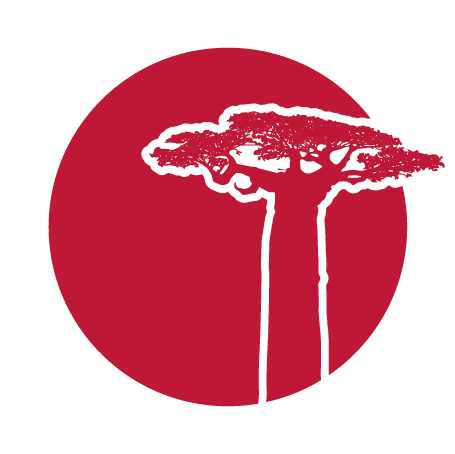Visualizing Health Data: Unveiling Insights for Improved Healthcare in Developing Countries
In the realm of global healthcare, access to reliable and actionable data plays a vital role in improving patient outcomes, optimizing resource management, and empowering individuals. In developing countries, where healthcare systems often face resource constraints and complex challenges, harnessing the power of data visualization becomes crucial. The transformative potential of visualization tools like PowerBI in uncovering key insights from health data, ultimately driving informed decision-making, efficient resource allocation, and patient-centric care.
The Power of Visualization in Health Data Analysis
In today's data-driven world, traditional methods of data analysis and presentation fall short in effectively conveying the wealth of information that health data holds. Enter visualization tools like PowerBI, which empower healthcare professionals, policymakers, and researchers to transform complex datasets into clear, interactive visuals. By representing health data visually, patterns, trends, and disparities become easily discernible, enabling stakeholders to make informed decisions and take proactive measures to improve healthcare outcomes.
An example of how PowerBI can visualize health data.
Realizing the Benefits: Applications of PowerBI in Developing Countries
1. Enhancing Resource Allocation:
In resource-limited settings, the efficient allocation of healthcare resources is critical. PowerBI enables healthcare administrators to analyze data related to patient demographics, disease prevalence, and healthcare utilization, thus optimizing resource allocation. By visualizing this information, decision-makers gain a holistic view of healthcare demands, allowing them to distribute resources where they are most needed. This targeted approach leads to improved access, reduced waiting times, and better patient outcomes.
2. Enabling Evidence-Based Decision-Making:
Policymakers in developing countries often face complex challenges when making healthcare-related decisions. PowerBI empowers them to base their choices on robust evidence by visualizing key health indicators, epidemiological trends, and public health data. Whether it's identifying disease hotspots, evaluating the impact of interventions, or tracking healthcare disparities, PowerBI's intuitive visualizations equip policymakers with the insights needed to implement effective strategies and shape public health policies.
3. Strengthening Continuum of Care:
Fragmented healthcare systems can hinder the seamless delivery of care in developing countries. However, PowerBI's visualization capabilities facilitate the integration and coordination of care across different providers and settings. By tracking patient journeys, from primary care consultations to specialized treatments and follow-up visits, healthcare providers can identify gaps in care delivery and ensure continuity. This comprehensive view improves care coordination, reduces medical errors, and enhances patient satisfaction.
Conclusion
In developing countries, where access to quality healthcare is often limited, leveraging the power of visualization tools like PowerBI can revolutionize healthcare delivery. By transforming raw health data into visually compelling representations, stakeholders can uncover invaluable insights, enabling evidence-based decision-making, optimizing resource allocation, driving continuity of care, and empowering patients to actively participate in their health management. As developing countries continue to strive for improved healthcare outcomes, embracing the potential of data visualization tools becomes vital in creating the best possible care for everyone.

